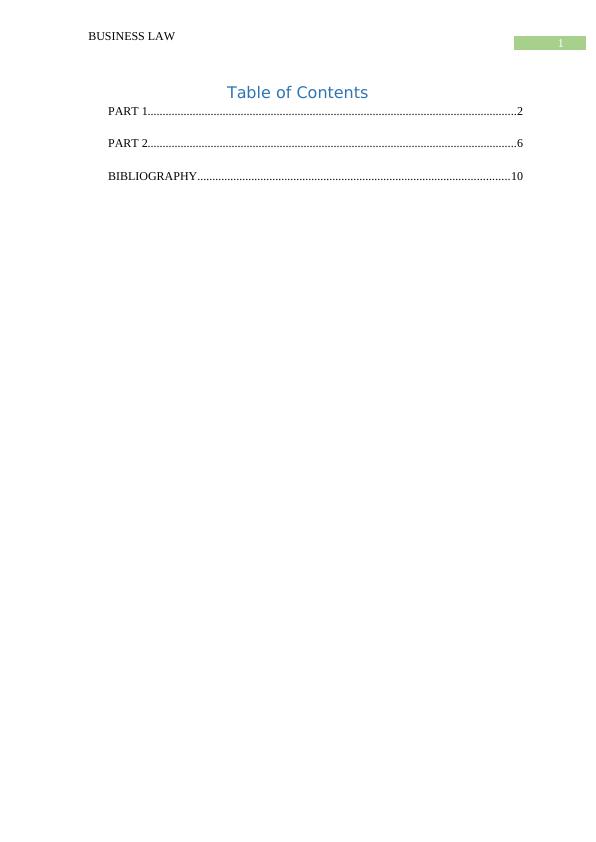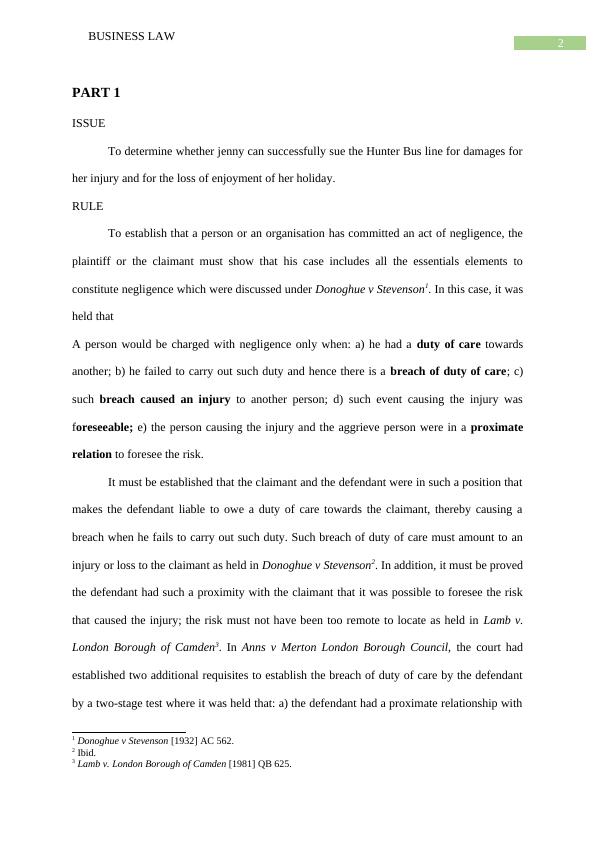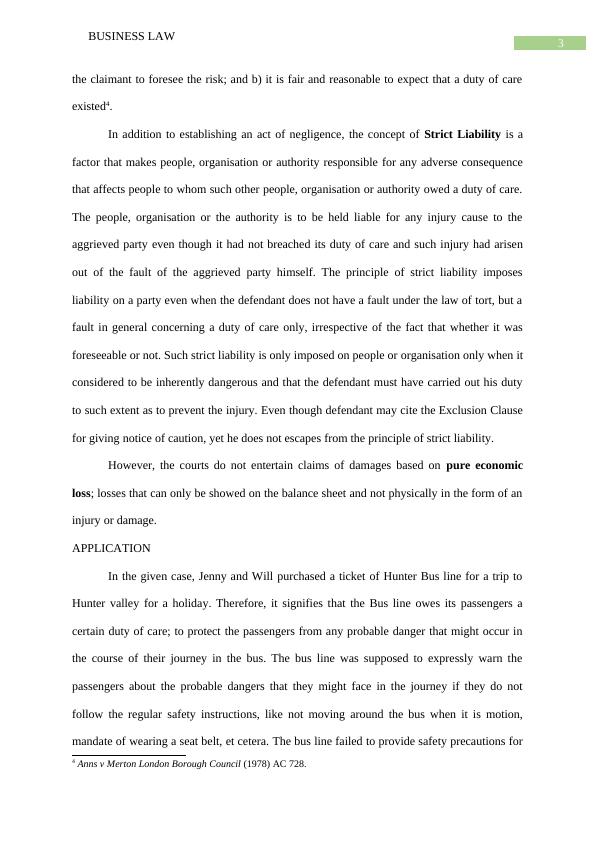Business Law
The assignment requires students to work collaboratively to solve two case problems in business and corporate law by applying relevant legal rules and cases. The assignment includes a written report and a presentation summarizing the answers. The assignment aims to assess students' understanding of commercial relationships, Australian company law, contract and tort law, and the legal framework for a company's dealings with outsiders.
Added on 2022-11-26
About This Document
Business Law
The assignment requires students to work collaboratively to solve two case problems in business and corporate law by applying relevant legal rules and cases. The assignment includes a written report and a presentation summarizing the answers. The assignment aims to assess students' understanding of commercial relationships, Australian company law, contract and tort law, and the legal framework for a company's dealings with outsiders.
Added on 2022-11-26
End of preview
Want to access all the pages? Upload your documents or become a member.




